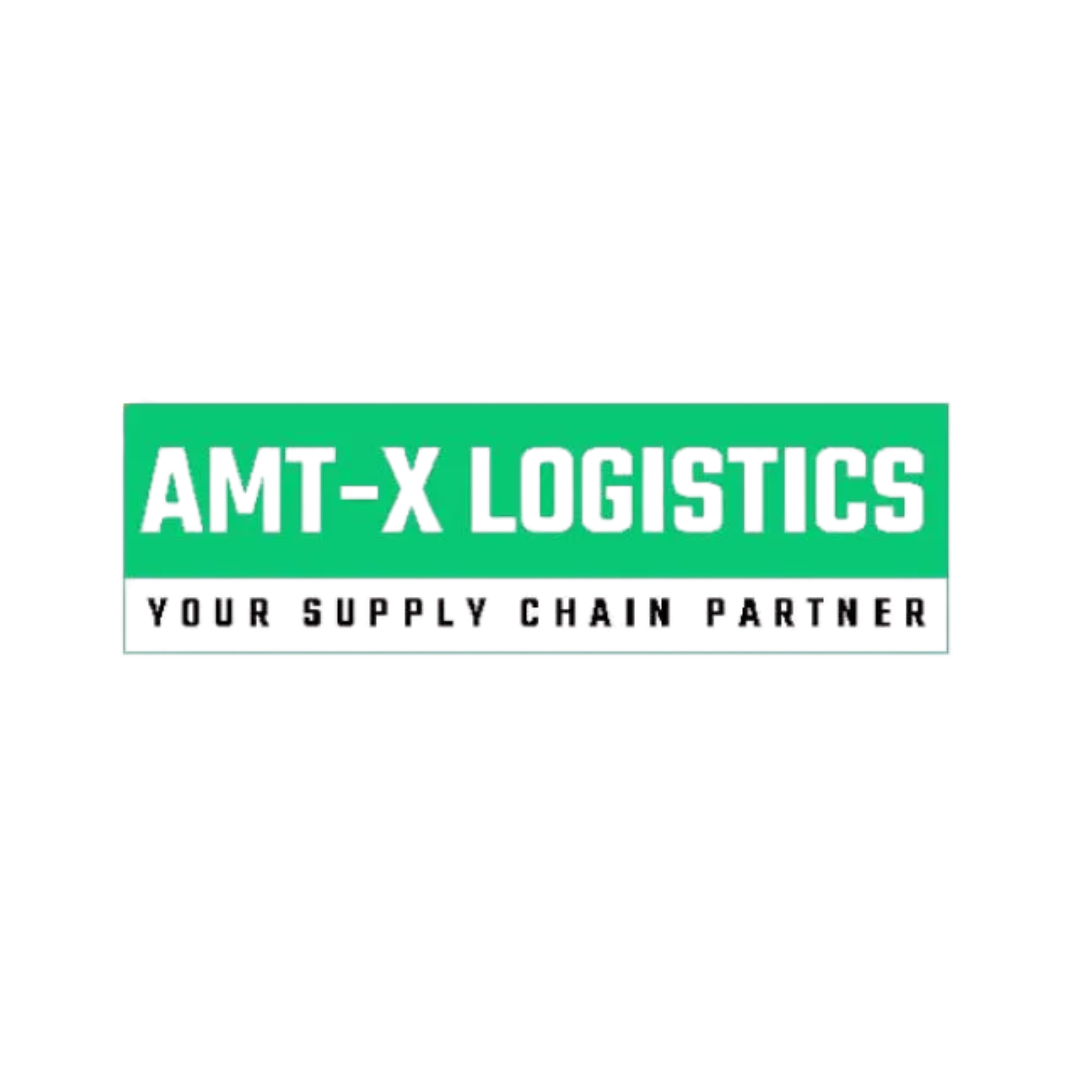Supply Chain Solutions
Data-Driven Solutions for Supply Chain Efficiency
At uTenant, we offer premium supply chain solutions designed to streamline your operations, reduce costs, and enhance the flow of goods from start to finish. Whether you’re looking to optimise your existing supply chain or design a new strategy, our team of experts works with you to create tailored solutions. We assess the performance of your supply chain to identify areas for improvement and ensure operational success. By incorporating predictive analytics and innovative planning, we help you prepare for the future of global supply chains.
Our customer-centric approach ensures that every part of your supply chain, from warehousing to logistics, is aligned with your operational goals.
Trusted by:
Get In Touch
To discuss supply chain solution options for your business, contact us.
What is supply chain management?
Supply chain management (SCM) is the coordination and management of activities involved in sourcing, producing, and delivering products or services to customers. It encompasses a broad range of processes, including demand planning, inventory management, logistics, and distribution. Effective SCM involves working closely with suppliers, manufacturers, and logistics providers to ensure that products are delivered to customers on time, in the right quantity, and at the right cost. By integrating these processes, businesses can create a seamless flow of goods and services, enhancing overall supply chain performance.
Importance of supply chain management
Supply chain management is critical to the success of any business that relies on the production and distribution of goods or services. It enables companies to respond quickly to changes in customer demand, reduce costs, and improve efficiency. By managing the supply chain effectively, businesses can improve their customer experience, increase customer satisfaction, and gain a competitive advantage in the market. Effective SCM ensures that resources are used optimally, processes are streamlined, and customer expectations are met consistently.
Benefits of effective supply chain management
Effective supply chain management offers numerous benefits to businesses, including:
- Improved Customer Satisfaction: By delivering products on time and in the right quantity, businesses can improve customer satisfaction and loyalty. Meeting customer expectations consistently leads to repeat business and positive word-of-mouth.
- Reduced Costs: Effective SCM can help businesses reduce costs by streamlining processes, improving efficiency, and minimising waste. Cost savings can be reinvested into other areas of the business for growth and innovation.
- Increased Efficiency: SCM can help businesses improve their efficiency by automating processes, reducing manual errors, and improving communication with suppliers and logistics providers. Enhanced efficiency leads to faster turnaround times and better resource utilisation.
- Improved Supply Chain Visibility: SCM can provide businesses with real-time visibility into their supply chain, enabling them to track inventory levels, monitor shipments, and respond quickly to changes in demand. This visibility helps in making informed decisions and proactive planning.
- Better Risk Management: SCM can help businesses identify and mitigate risks in their supply chain, such as supplier insolvency, natural disasters, and changes in government regulations for supply chain management. Proactive risk management ensures business continuity and resilience.
Solutions for supply chain management
We specialise in creating efficient, progressive, and cost-effective solutions for supply chain management. Our team helps you design a comprehensive strategy for your entire supply chain, from the warehouse to the customer’s doorstep.
Our ability to deliver effective supply chain solutions ensures that your operations run smoothly and efficiently.
We understand the importance of serving our clients' needs through tailored solutions and a diverse portfolio of services.
- Comprehensive supply chain strategy
- Cost-effective logistics solutions
- Enhanced operational efficiency
Monitoring supply chain performance is crucial for identifying issues, providing feedback, and maintaining strong partnerships through regular assessments and performance evaluations.
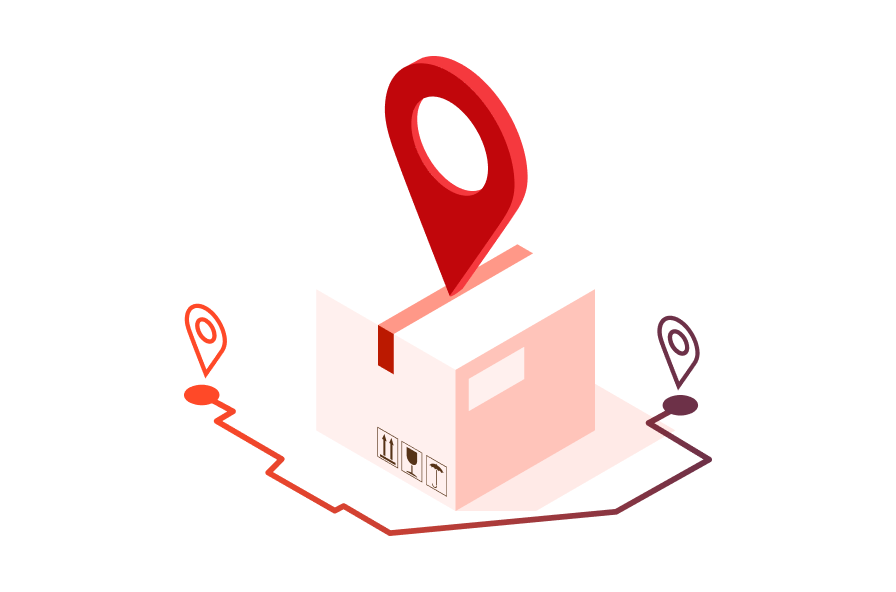
Strategic Solutions
- Supply chain strategy design
- Process mapping and modelling
- Distribution Centre (DC) design
- Network design and logistics sourcing
Our extensive experience with various organisations allows us to improve operational efficiency and employee engagement through strategic consulting and support.
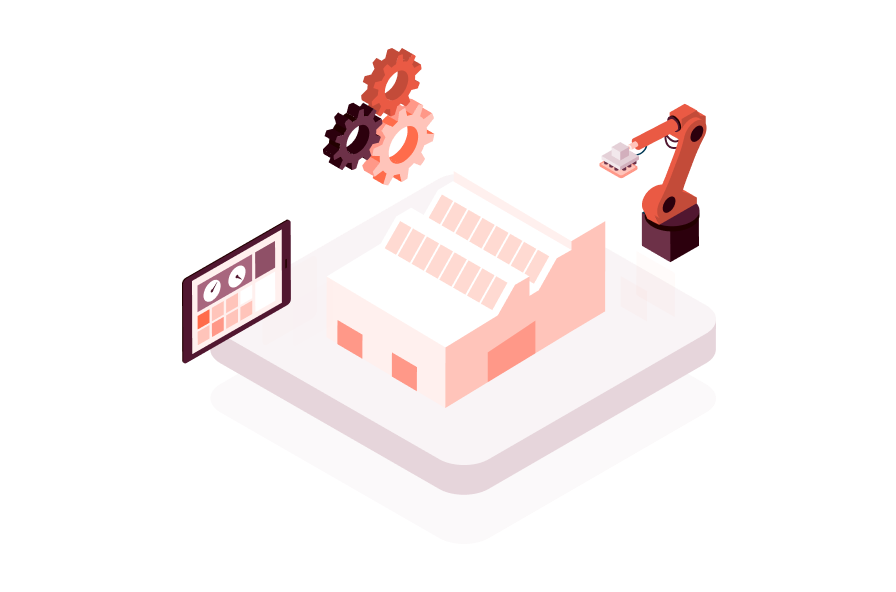
Tactical Solutions
- Re-designing and optimising warehouse facilities to enhance logistics operations
- Advanced slotting and product placement
- Warehouse optimisation and process improvement
Generating high levels of engagement among employees is crucial for driving sustainable improvements within organisations.

Operational Solutions
- Resource planning and modelling
- KPI management and performance tracking to save money by managing costs effectively
- Ongoing support for all your warehousing needs. Order management systems can optimise inventory flow and logistics, ensuring efficient handling of increased demand.
How uTenant’s Supply Chain Services Work
Our process is designed to help you achieve long-term success, no matter the complexity of your supply chain. Here’s how we help you build a strategy that supports growth and reduces inefficiencies:
1 - Define
We start by understanding your unique product or service requirements to tailor a solution that fits your needs.

2 - Discover
Our team conducts a thorough examination of your existing supply chain management system to identify areas for improvement.

3 - Design
We create a long-lasting strategy that ensures the resilience of your supply chain and adapts to potential disruptions.

4 - Deliver
With ongoing support and continuous improvement, we help you manage and optimise your warehousing and supply chain needs.
Get In Touch
To discuss supply chain solution options for your business, contact us.
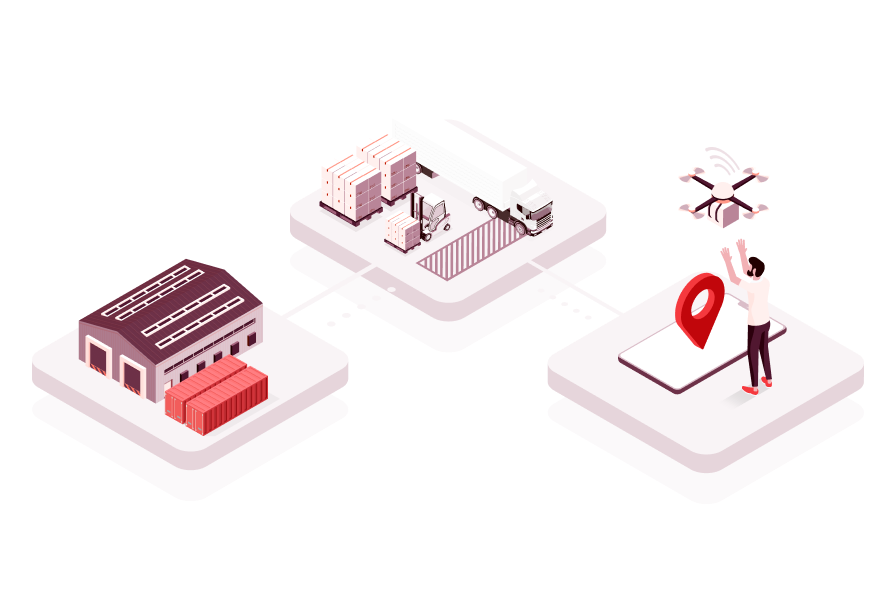
Why choose uTenant for your supply chain solutions?
At uTenant, we bring unmatched expertise and a global perspective to help businesses like yours optimise their supply chain. Here’s why we stand out:
- Global Experience: Our team has experience working with global companies, delivering scalable supply chain solutions that enhance operational efficiency in global operations. Check out how uTenant helped Combe review and run a tender process to optimise their Australian supply chain logistics partnerships..
- Transparency: We operate with full transparency, ensuring you understand every part of your supply chain strategy. We help you achieve high efficiency by providing clear and actionable insights.
- Best-in-Class Technology Partnerships: We leverage cutting-edge technology to deliver top-tier solutions for supply chain operations.
- Independent Advice: As completely independent advisors, we provide unbiased guidance that is focused solely on your business needs.
Supply chain systems
Supply chain systems are the technology and infrastructure used to manage and coordinate supply chain activities. These systems can include:
- Enterprise Resource Planning (ERP) Systems: These systems integrate all aspects of a business, including finance, human resources, and supply chain management. ERP systems provide a unified platform for managing business operations, ensuring data consistency and streamlined processes.
- Supply Chain Planning (SCP) Systems: These systems enable businesses to plan and optimise their supply chain activities, including demand planning, inventory management, and logistics. SCP systems help in forecasting demand, managing inventory levels, and ensuring timely delivery of products.
- Warehouse Management Systems (WMS): These systems manage the receipt, storage, and shipment of inventory in warehouses and distribution centers. Warehouse management system solutions optimise warehouse operations, improve inventory accuracy, and enhance order fulfillment processes.
- Transportation Management Systems (TMS): These systems manage the movement of goods from one place to another, including routing, scheduling, and tracking. TMS solutions help in optimising transportation routes, reducing shipping costs, and ensuring timely deliveries.
- Global Trade Management (GTM) Systems: These systems manage the complexities of global trade, including customs clearance, compliance, and risk management. GTM solutions ensure that businesses comply with international trade regulations and manage cross-border logistics efficiently.
By implementing these systems, businesses can improve their supply chain efficiency, reduce costs, and improve customer satisfaction. Advanced supply chain systems provide the tools and insights needed to manage complex supply chains, enhance operational performance, and support business growth.
Get In Touch
To discuss your supply chain and warehouse solutions, get in touch with an expert today
Questions about supply chains
What is a supply chain solution?
A supply chain solution refers to a set of tools, strategies, and services designed to optimise and streamline the flow of goods, information, and finances across the entire supply chain. These solutions aim to improve efficiency, reduce costs, enhance customer satisfaction, and ensure the smooth operation of all supply chain processes. These solutions also help businesses effectively manage their supply chain from sourcing raw materials to delivering finished products to customers.
What are the 4 types of supply chain?
There are several models of supply chains that businesses can adopt depending on their operations, but four primary types of supply chains are:
- Efficient Supply Chain: This model focuses on minimizing costs and improving efficiency. It is commonly used for products with stable demand, where the goal is to keep inventory low and optimise processes for cost-effectiveness. Retailers like Walmart use this model.
- Responsive Supply Chain: Designed to be flexible and adapt to sudden changes in customer demand, this model is used for industries with unpredictable demand, such as fashion or electronics. The focus is on speed and flexibility.
- Agile Supply Chain: Combining elements of both efficient and responsive models, agile supply chains are flexible enough to respond to changes while minimizing costs. This model is often used for high-end or custom-made products where demand can be volatile.
- Custom-Configured Supply Chain: This type involves building customised products based on specific customer orders. It’s often used for industries that produce bespoke items, like certain manufacturers or luxury goods companies.
What is an example of a supply chain?
An example of a supply chain is the process that takes place when a customer orders a product online:
- Raw Materials: The product starts as raw materials, which are sourced from suppliers. For example, steel might be sourced for a car manufacturer.
- Manufacturing: The raw materials are then sent to a manufacturing plant where the car is assembled, and parts are integrated into a finished vehicle.
- Storage: After manufacturing, the cars are stored in warehouses or distribution centers.
- Transportation: Once the car is ready for delivery, it is transported to regional warehouses or directly to retail stores using various transportation methods like trucks or ships.
- Retailers: The car reaches the dealership where customers can purchase it.
- Customers: Finally, the product reaches the end customer through direct purchase or delivery to their location.
Keep up
Latest Resources
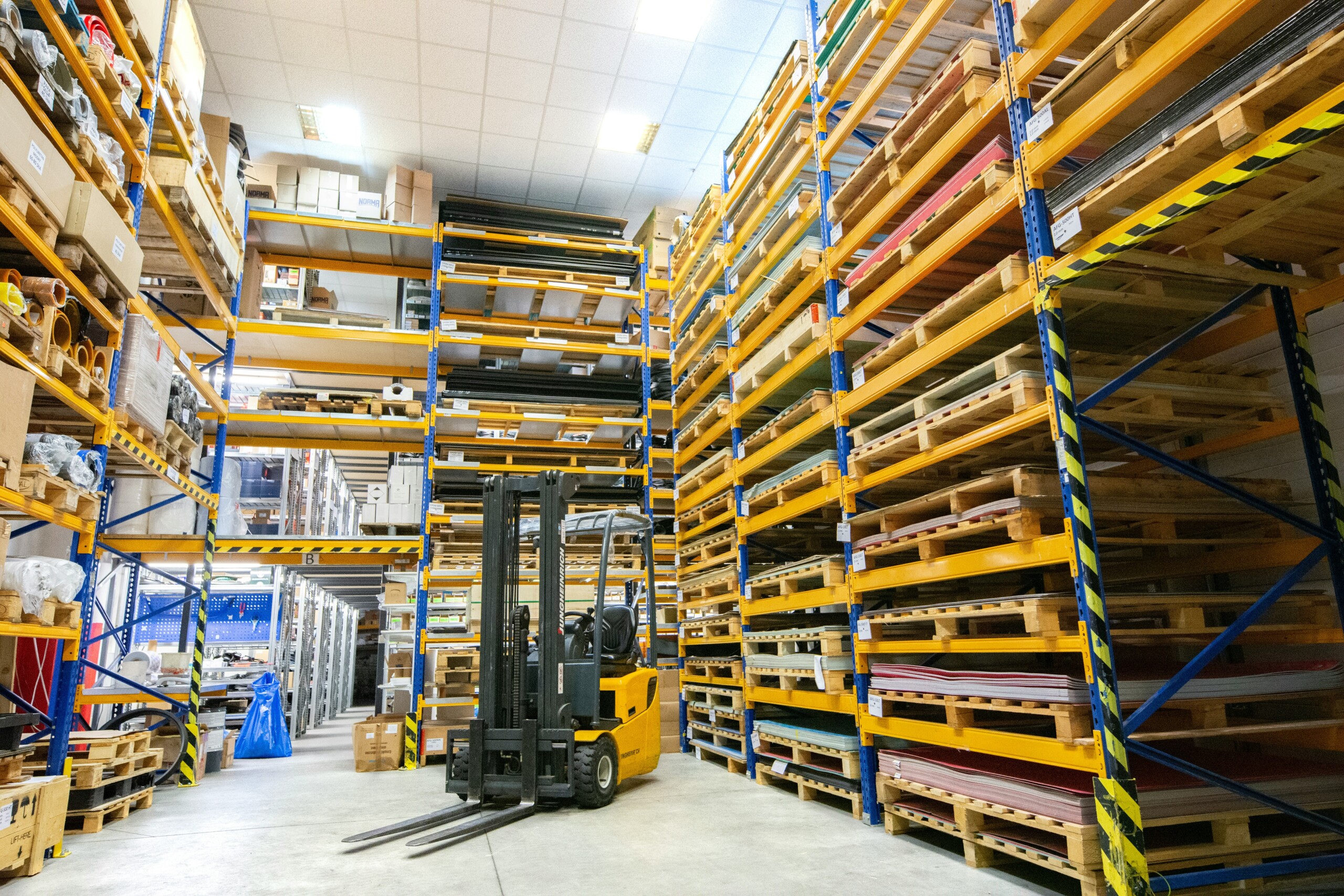
Warehousing and Distribution
Warehousing and distribution play a pivotal role in ensuring that products are stored, handled, and delivered efficiently. Understanding the logistics of warehousing and distribution is essential for staying ahead.
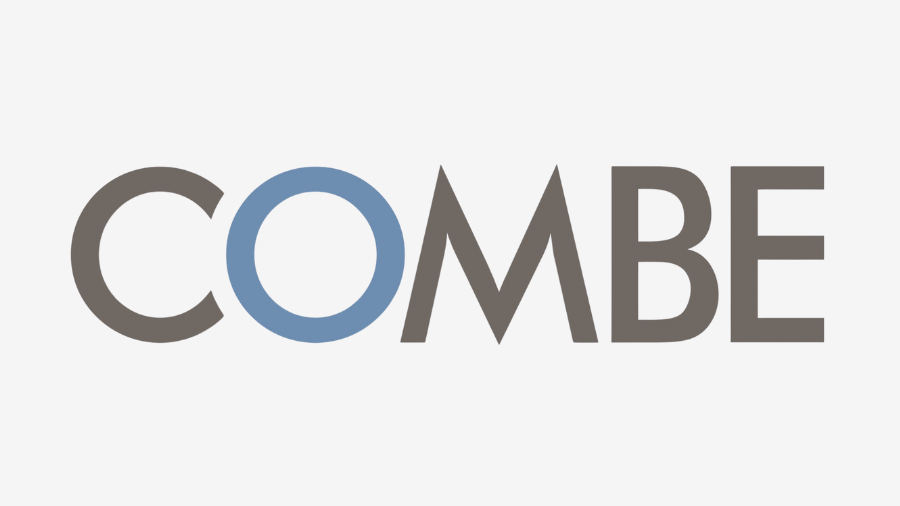
Case Study: Optimising Combe’s Australian Supply Chain
By partnering with uTenant, Combe successfully navigated the complexities of evaluating and optimising its logistics partnerships. The process not only reinforced Combe’s commitment to operational excellence but also secured a logistics framework that supports its long-term growth objectives.

uTenant and provenio.ai partnership: Empowering the supply chain with AI-powered innovation
uTenant is proud to announce a strategic partnership with provenio.ai, an award winning, Australian artificial intelligence (AI) company transforming back-office operations across supply chains.
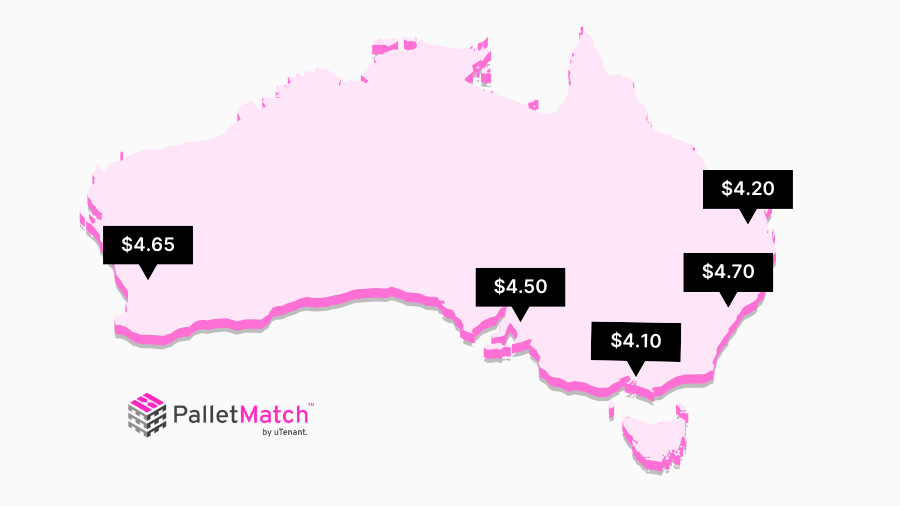
3PL Market Roundup – Q1 2025: Warehouse Storage Rates
This quarter we’ve seen rates returning to normal levels, after the modest decline in ambient pallet storage rates. The National median storage rate for Q1 2025 is $4.50 pppw, up from $4.00 pppw reported in Q4.










